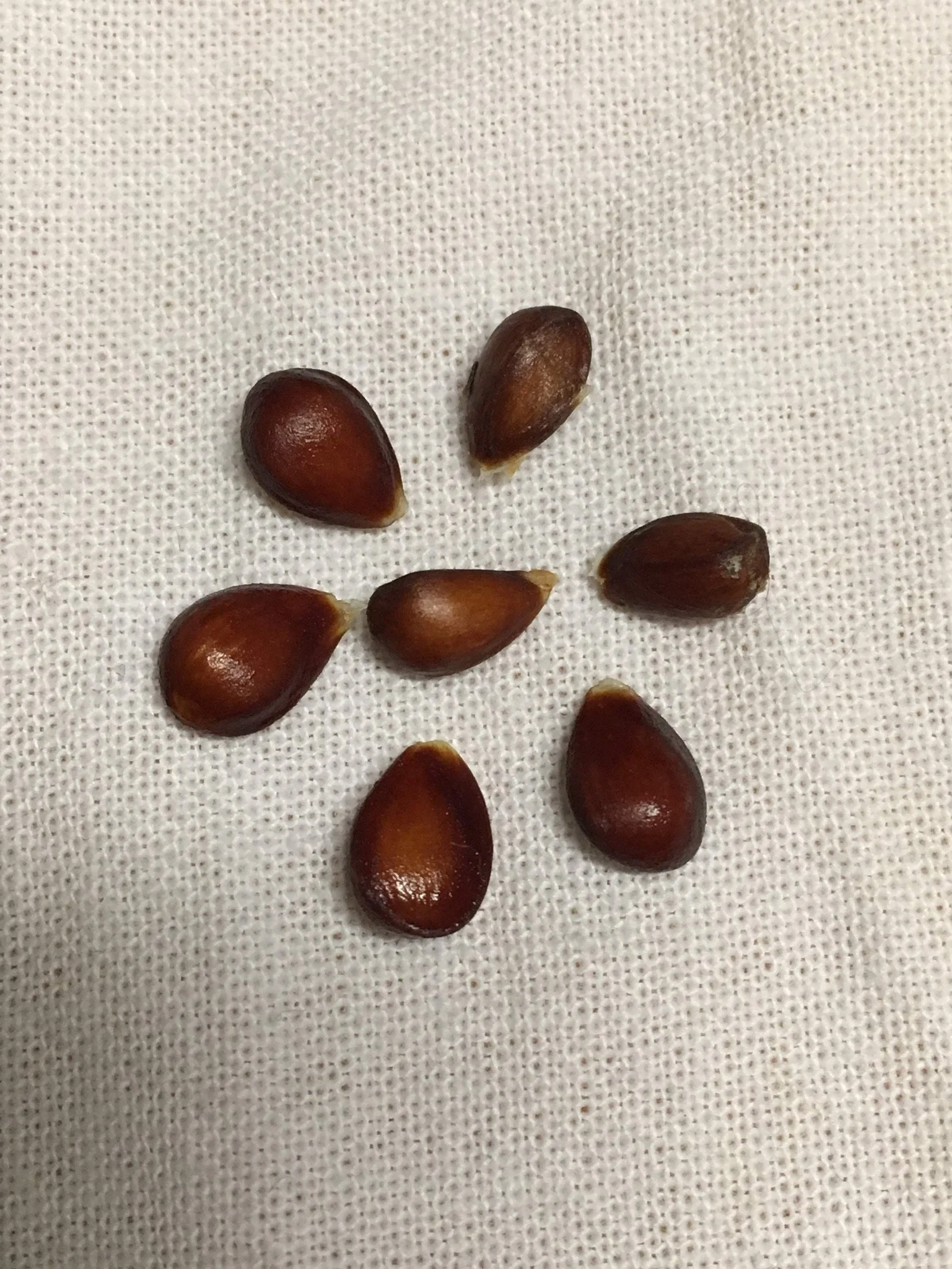The Incredible Diversity of Apples
Happy Fall everyone! Football has started, kids are back to school, and apple season is cranking up. In my last post, I talked a little bit about some of the hundreds of apple varieties we have in our U-Pick Orchard and that’s a drop in the bucket compared to the amount of known varieties.
In fact, there are over 7,500 known and cultivated varieties of apples in the world.
But the potential amount of apple varieties is infinite. That’s because every single seed inside every single apple is a completely brand new variety of apple. That is just so cool that I’m going to write it again: every single seed inside every single apple, from the beginning of time to the end of time, will grow into a completely new variety, never before seen and never again to occur.
But how can this be?!? The answer lies in cross pollination and the incredible genetic diversity of apples. Apple blossoms must be cross pollinated in order to set fruit. This means that the blossom of one variety, let’s say Honeycrisp, must receive pollen from a completely different (and unrelated) variety, we’ll say McIntosh, in order for fertilization to occur and for an apple to start growing. In this scenario, the Honeycrisp blossom is the ‘mother’ (the female parts of the flower are receiving the pollen), the McIntosh is the ‘father’ (pollen from the male parts of the McIntosh blossom fertilize the ovules of the Honeycrisp blossom), and the offspring are the 5-10 seeds that begin to grow within the Honeycrisp ovules. What will grow will be a delicious Honeycrisp apple, with Honeycrisp/McIntosh crossed seeds within.
Now, if we were to plant those 5-10 seeds, nurture those seedling trees until they are mature enough to bear fruit, and sample (with excitement!) the fruit that grows, every single tree that grows would have their own unique apple variety – maybe with some qualities of Honeycrisp, some qualities of McIntosh, but mostly new characteristics, combined in a way that’s unique to that particular seed. In short, there will be 5-10 completely new apple varieties born to this world. And if we took another apple from that same Honeycrisp apple tree, pollinated by the same McIntosh pollen, the apple seeds inside that apple would also give 5-10 completely new apple varieties – even with the same two parents!
This might be getting confusing, so I’ll use an analogy. My husband, Christopher, and I have two beautiful daughters. They are wonderful and frustrating and adorable and exhausting. But they are not clones of me. They are not clones of Christopher. And they are not identical to each other. Each one is her own unique person. And sure, our older daughter might have my husband’s thick curls. And she’s friendly and outgoing like me. And our younger daughter might have my stubbornness and Christopher’s coma-like sleep habits. But they also have traits that are just purely theirs. And even if we have 100 more daughters (please, universe, not even one more!), they will never be a copy of us or a copy of each other. Because of the ways the genes present themselves, every single one of those 100 daughters would be a completely new person.
Ok back to the apple family. Those little Honeycrisp/McIntosh babies might produce a really delicious new apple variety! Or it might be dry, bitter, and unpalatable. The genetic diversity within those seeds is completely unpredictable – in fact, apples have more than twice the number of genes than humans! So twice the amount of variability can occur within any seed, regardless of whether or not the parents are delicious or great for baking or possessing any other desired qualities. That’s just one reason why apple farmers don’t grow their apple trees from seeds. The other (main) reason is that once there’s a variety that is known to be delicious, juicy, sweet, crisp and a best-seller (I’m looking at you, Honeycrisp!), they want to keep producing it! When there’s a great variety that’s discovered, we want more of that great variety! You’ll have to stay tuned to my blog to find out how apple farmers actually produce trees (it’s more science!).
In the meantime, the next time you eat an apple, just marvel that you’re holding, at the core, at least 5 brand new potential apple varieties. And maybe, just maybe, you’ll find a spot in your yard, plant one of those seeds, and discover the next best apple variety to hit the apple world. I would love to sample it if you do!
All my best,
Katie





